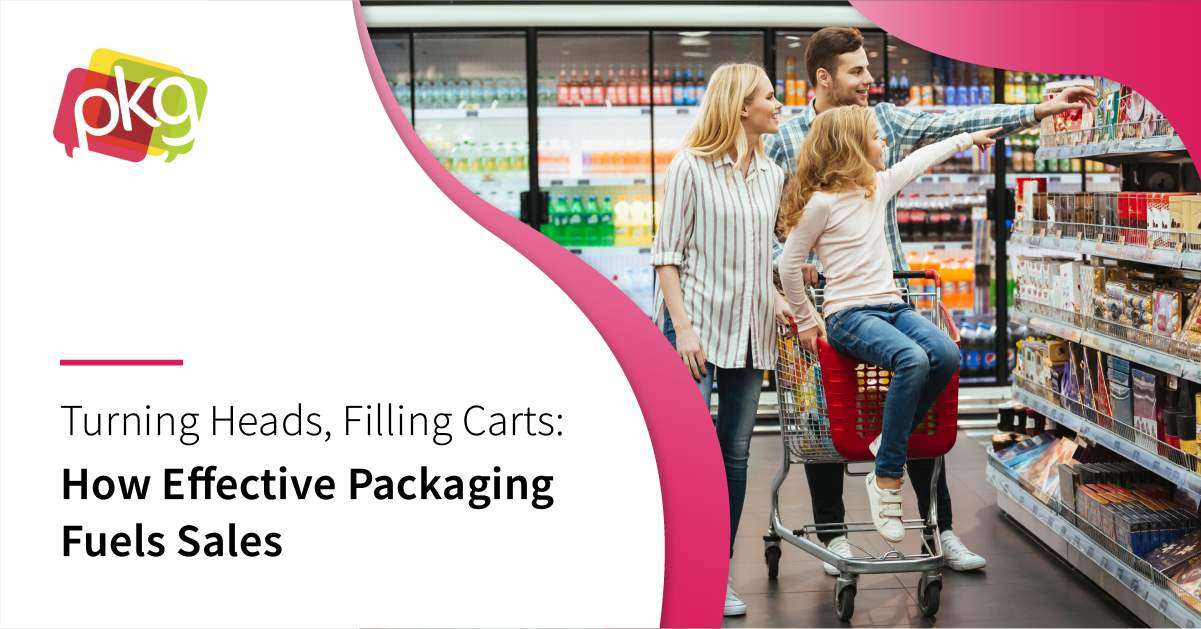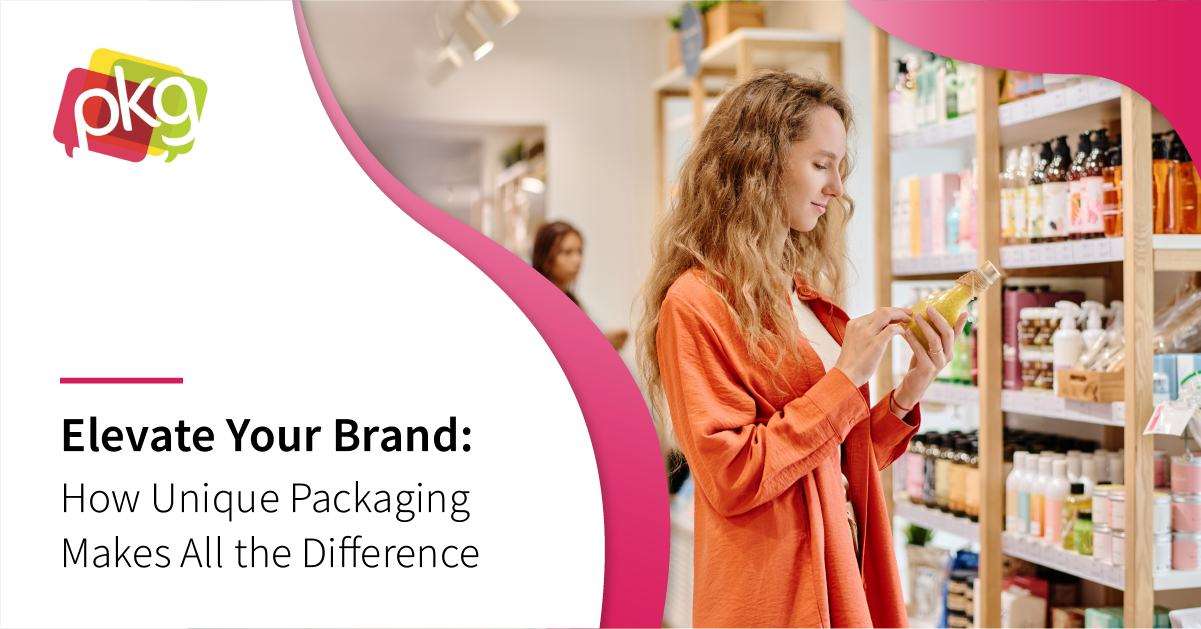
CPG packaging mistakes happen. Oftentimes, the difference between small mistakes and big ones is how quickly and effectively you address them.
This also helps prevent them from happening again. Here are five of the most common packaging design mistakes and remedies for fixing them.
Why Packaging Design is Important
Packaging design impacts how consumers interact with your product. They form perceptions of your brand through the CPG packaging before even laying their hands on what’s inside.
Consumers care about packaging. A Sealed Air survey reports 66% of Americans feel CPG packaging reflects how much brands care about their orders while 48% think packaging quality reflects a product's value.
Design problems can give consumers negative perceptions of your brand or lead them to draw incorrect conclusions. They may also become confused or irritated with packaging that's difficult to open.
Successful packaging design that's free of mistakes leads to positive perceptions of your brand and product. This increases brand awareness and saves you money.
Use Custom Packaging
Boxes are essential components of your CPG packaging. They come in a variety of shapes and sizes to fit all sorts of products.
Although standard boxes are easy to find, they won't differentiate your brand from the competition. Custom boxes will cost more, but they're worthwhile investments. They protect your products, increase brand exposure, and stand out on store shelves. You can also use custom shipping boxes to make your brand more visible.
Packaging design mistakes occur with custom boxes, leading to product damage, negative brand reputations, and frustration for consumers. For example, customizing your CPG packaging with images or colors that don't align with your brand messaging can give consumers wrong ideas about how to use products or why they should purchase them. Make sure your packaging designs match the personality of your brand, whether it be premium, approachable, youthful, fun or professional.
The label on a product box should provide clear, accurate information. This ensures consumers know what they're buying and gives them valuable insights into your brand and products.
Organize Your Design
A well-organized packaging design looks professional and tells consumers a lot about your company. A disorganized design does the opposite.
A disorganized design can create a negative reputation for your brand values and how your business operates. If consumers can’t find the product information they're looking for on your CPG packaging, they'll do business with other brands. For instance, if allergen information on a food product is difficult to find, they'll conclude providing these details isn’t important to your company.
You can organize your packaging design by focusing on simplicity and clear communication. Include product images, your brand logo, instructions on how to use the product, and feature details. Your company contact information should also be easy to locate in case consumers have questions or feedback.

Create a Memorable Packaging Design
A packaging design that isn’t memorable isn't effective. It doesn't make an impression on consumers, who'll pass over your product in favor of others.
A memorable design will stay with consumers. They'll talk about it and post on social media. This increases brand loyalty and visibility.
Many people who aren’t necessarily consumers will also see your CPG packaging. They, too, will form lasting impressions.
When creating a memorable packaging design, consider how you want consumers to remember your brand. Images, colors, and words evoke emotions, drawing people to your products. Some of these emotions are trust, joy, confidence, excitement and security.
Convey the selling points and benefits of your products using visuals and text. Make sure they're easy to see and read so consumers can quickly scan the information online and on store shelves.
Implement a User-Friendly Design
Effective CPG packaging is user-friendly. If it's difficult to open, consumers will become frustrated. The last thing you want is for them to have negative feelings about your brand before even seeing the product.
The unboxing experience should be fun. This is especially important considering how many consumers create unboxing videos for social media.
You can avoid these issues by using custom folding boxes that don't require many steps to open. This ensures a product is easily accessible. Also, make sure all components are in plain sight so consumers see them and don't accidentally throw them away with the packaging.
Protect Your Product
Inadequate protection can result in damaged or broken products. This results in unsatisfied consumers who either want returns or refunds. When this occurs, you'll lose money and consumers will have negative views of your brand.
Common protection issues include a lack of packing materials to cushion the product, a weak box structure, or too much space left inside the box. Your CPG packaging should securely hold the product in place so it can't move around freely inside the box.
Choose a box that's the right size for your product. This ensures it can’t move around and remains secure.
Per Inbound Logistics, on average, products in e-commerce shipments take up “no more than 60% of the box.” Custom boxes provide numerous sizing options so you can select the ones that best fit your products.
Box material should also be sturdy. This keeps it from collapsing or tearing. Corrugated cardboard or double-walled box structures work well as they're reinforced.
Cushion the product with packing material. Breakable items should be wrapped individually, then placed in additional packing material. Items that aren't fragile can be wrapped in layers of extra material for more protection.
Conclusion
The key to avoiding packaging design mistakes is to understand the most common ones. You should also have strategies in place for correcting them so small ones don’t get bigger.
Anticipating consumer needs and how they'll interact with your products will help you make the right CPG packaging decisions. This will lead to repeat business, consumer loyalty, and increases in consumer satisfaction rates.
PKG Brand Design is always at the forefront of new CPG branding and packaging initiatives. Subscribe to our blog for the latest package design industry news!







